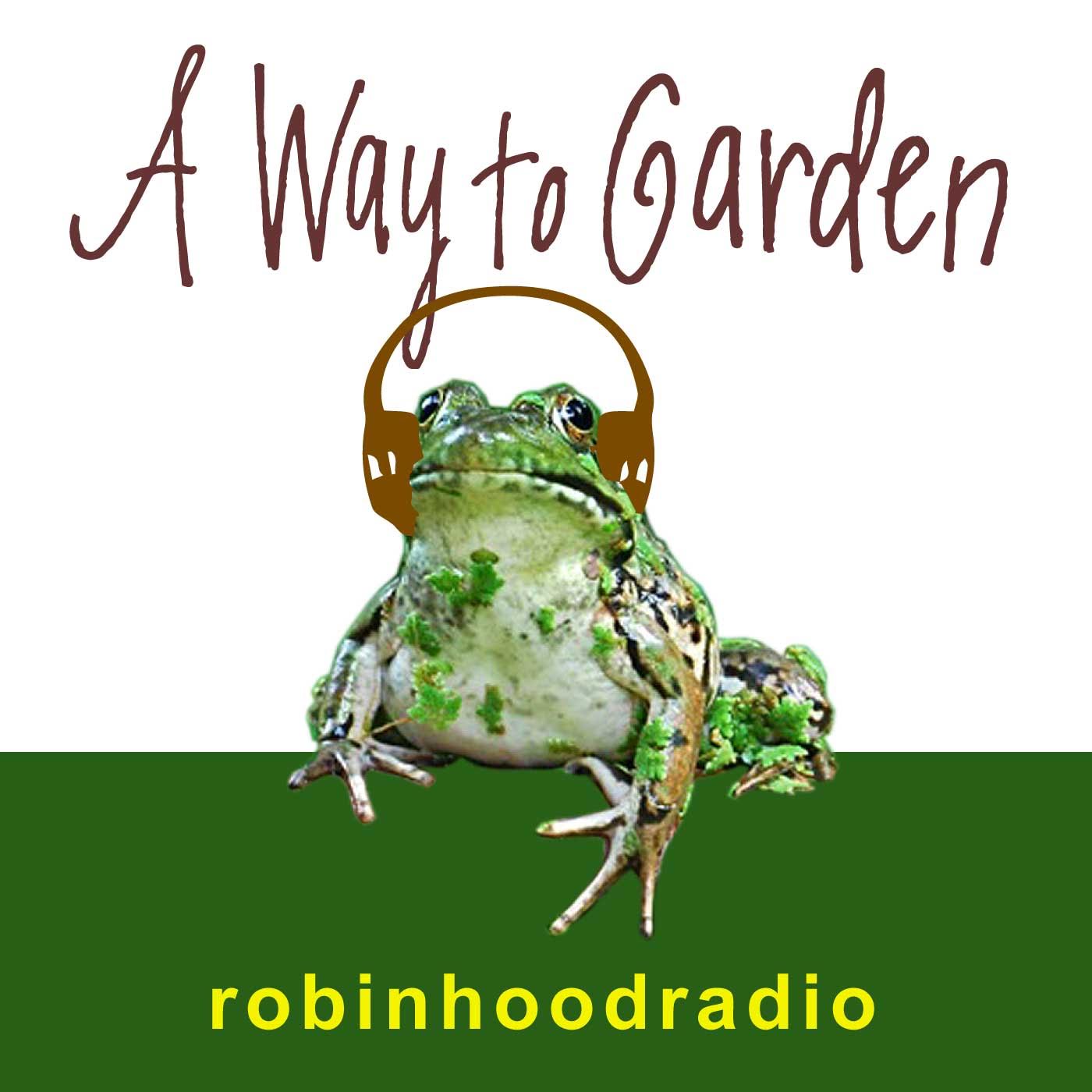I saw news of a new book called “Pressed Plants” recently, and it got me thinking about my grandmother, and one of the many crafts she enjoyed way back when. Grandma made what she called “pressed flower pictures,” bits of her garden that she carefully dried, arranged on fabric and framed under glass—some of which still hang on my walls.
It also got me thinking of the 500-year-old tradition of pressing plants for science, and the herbarium world. Whatever the intention, pressed plants are today’s topic, with Linda Lipsen, author of the book “Pressed Plants: Making a Herbarium.”
Linda presses specimens in the name of science, as a curator at the University of British Columbia Herbarium in Vancouver. She’s carrying on a method of recording the botanical world this way as humans have for centuries. Linda joined me to talk about what information those centuries of pressings hold for us in today’s world, and how and why we gardeners might want to give pressing plants a try – whether for art or science.

I’ve been looking forward to connecting with Patrick McMillan, who last October took over as director of the exceptional plant collection and astonishing landscape...


One dimension of my friendship with today’s guest is a years-long ongoing barter. She shares her cooking expertise with me and my extended family,...